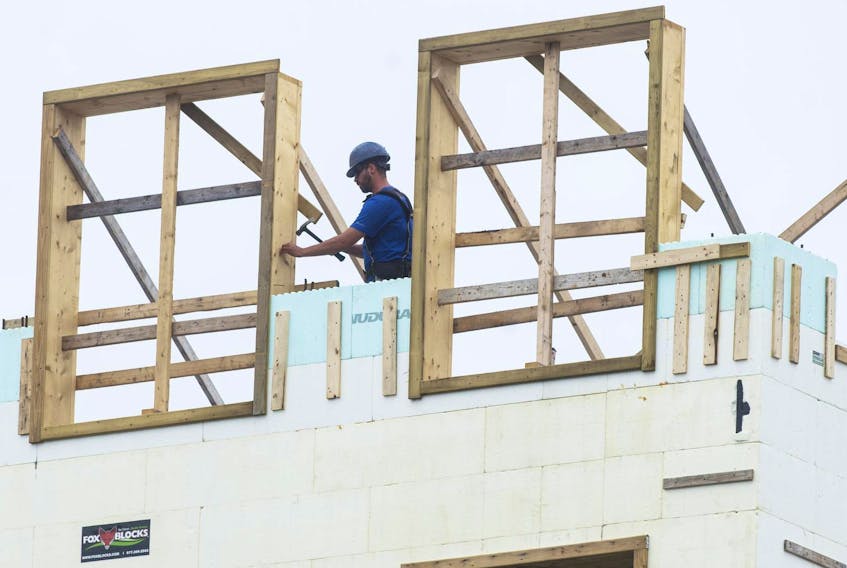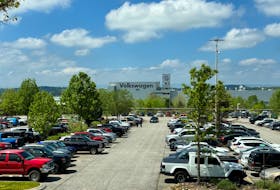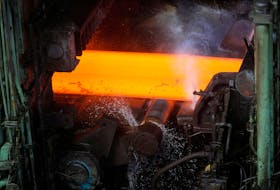Fewer people are being hurt on the job in the residential construction industry, leading to lower workers’ compensation premiums.
The industry rate in residential construction is set to decline by nine per cent in 2020, WCB Nova Scotia announced this week, as part of its release of 2020 employer rates for workplace injury insurance.
Over the years, the construction community in Nova Scotia has made progress through education and training, thanks to safety association initiatives, access to resources and awareness campaigns, the board said in a news release.
In 2008, there were 773 time-loss injuries in construction and an injury rate of 3.2 time-loss injuries per 100 covered workers. Last year, the board said, there were 560 time-loss injuries and an injury rate of 2.02.
In setting an industry rate, claims costs are considered over a five-year period, in this latest instance ending at year-end 2018.
Overall, WCB Nova Scotia employer assessment rates will remain stable in 2020. The 2020 average assessment rate is $2.65 per $100 of assessable payroll, which has been the average assessment rate for 16 years, according to the board.
There are about 19,500 covered employers in the province.
“The WCB is pleased to work alongside our safety partners to help make Nova Scotia workplaces safer,” said Stuart MacLean, CEO of WCB Nova Scotia, in the release.
MacLean said the construction industry is seeing the benefit of leaders who are making safety and return-to-work policies a priority. However, at the same time, he said, there are still too many people hurt on the job in construction.
“This is a step in the right direction for our members,” said Karen Slaunwhite, executive officer of Canadian Home Builders’ Association — Nova Scotia.
“When everyone works to prevent injuries and takes steps to manage injuries when they do happen, it translates to lower workers’ compensation costs. When our members pay lower premiums, they have more money to invest in their businesses.”
Some employers will pay slightly lower rates in 2020, based on their business and industry safety records. Other industries that have improved their safety and return-to-work records include logging and forestry.
“Assessment rates are a reflection of the safety and return-to-work performance of an industry and the employers within it,” said MacLean.
“Some industries have made progress and are paying less next year because of it. Other industries have seen their claims costs increase and, just like other insurance, their premiums will increase as a result.”
Many industries within health care — which includes special-care homes, home care, seniors apartments and nursing homes — dry bulk materials trucking, general and department stores, and the concrete industry are among those that will pay higher premiums in 2020.









